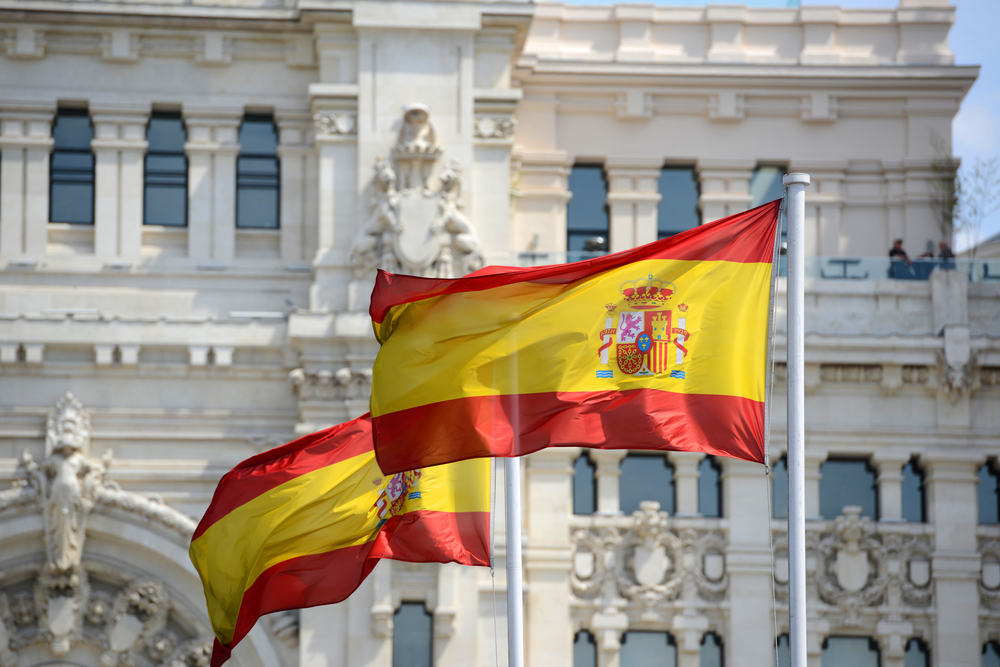National Symbols: National Day
National Day
Date
October 12
Background
The Moors controlled much of Spain for several centuries, and the country was fragmented into several kingdoms. When Ferdinand of Aragon and Isabella of Castile married, they united much of Christian Spain and set out to expand their influence. In 1492, they conquered the Muslim Emirate of Granada, more or less completing the unification of present-day Spain.
Ferdinand and Isabella gave the Muslims and Jews of Spain the choice of converting to Christianity or leaving the country. They also embarked on a campaign of exploration and sent Christopher Columbus to find a new route to Asia. He landed in the “New World” on October 12, 1492. As a result, Spanish language, religion, and culture emerged as a strong presence on two continents.
In 1918, October 12 was declared Fiesta de la Raza (Festival of the Spanish Race). A Spanish priest later noted that the term “Hispanidad” was more fitting to embrace the common cultural heritage of Central, Latin, and South America. In 1935, the national day of Spain was officially called Día de la Hispanidad. After the Spanish Civil War, Dictator Francisco Franco declared October 12 as Independence Day because it reunified all of Spain with its extended community in the Americas. It became an official decree on January 9, 1958.
Description
National Day (Día de la Hispanidad) recalls the day Christopher Columbus landed in the Americas in 1492. It is also called Columbus Day in Spain and some parts of Latin America. Big military parades are the main events. Madrid hosts the most elaborate parade, in which members of the Spanish Royal family and officers ride on horse-drawn carriages. The Spanish Air Force also stages aerial acrobatic stunts. Foreign diplomats and leaders from the autonomous regions grace the day’s events. Separatist groups often use the day as an occasion for protest.
Closures
Banks, government offices, business offices, and retail stores.
Copyright © 1993—2024 World Trade Press. All rights reserved.

 Spain
Spain 